How Am I Different? What Am I like?
I believe that the difference between a creative person and a non-creative person is that the creative person experiences life metaphorically, while non-creative person restricts himself or herself to looking at things at face value.
There is value in both perspectives, but only through metaphorical thought do we intuit the connections and parallels that lead to deeper possibilities and potentials.
Life is fractal. All things are like all other things. I know this sounds like a huge generalization on the surface, but it is not.
The non-creative person thinks
“What is this and how is it different?”
while the creative person thinks
“What is this and what is it like?”
So the primary difference (if one must define) is that non-creative people are divisive and creative people are unitive.
Non-creative people like labels, frameworks, definitions, excel charts, maps. They like to ascertain places within “known” context, including where they, themselves fit in.
Creative people are not so convinced of their place, for they instinctively understand that there can be multiple perspectives, known and unknown, all equally valid. This can cause quite a bit of insecurity, by the way, which is why artists tend to be seen as more fragile. Again, this is just a self-imposed label.
Our realities are created by how we label and define things, or how we refrain from doing so.
I believe that all conflict in the world is perpetuated by the possibility that people are not creative enough. Creativity seems not to be nurtured like statistical, intellectual thought. Again, this is just one opinion, and opinions are, perhaps, the lowest form of knowledge, or certainly the least true form of knowledge. No truth is absolute, not even this statement.
The thing is, ANYONE can be creative if one merely loosens the societal windings and allows it. On the other hand, there’s nothing inherently “wrong” with not being creative, so long as you’re happy with conditions the way they are now. It certainly makes for interesting times.
Seeing similarities versus differences is also known as empathy. Creative or non-creative, I believe you can never have too much of that.
We are Space Monkey, and we are 100% metaphorical.
And also 22% and 37% and 58%.
Space Monkey Reflects: How Am I Different – Interconnectedness in Perception
At first glance, life appears divided: creative and non-creative, connected and separate, ordered and chaotic. But the division is itself a metaphor, a construct of perspective that allows us to explore the ways we see and experience the world.
The “creative person” is not so much defined by their skill or output as by their way of perceiving. To be creative is to live metaphorically, to see beyond the literal surface of things and intuit the deeper connections that ripple through all existence. A tree is not just a tree; it is a metaphor for growth, for seasons, for rootedness and reaching. A river is not just water; it is movement, change, and flow. Creativity looks at something and asks, “What is this like? How does this connect to everything else?”
The “non-creative” perspective, on the other hand, tends to be more literal, more confined to frameworks and labels. It is not inferior. It simply asks different questions: “What is this? How is it defined? Where does it fit?” This perspective values order, clarity, and placement within the known. It is divisive not out of malice, but out of a need to make sense of the world by separating it into understandable pieces.
Both perspectives have value. The literal view brings structure. The metaphorical view brings possibility. Together, they form the fractal nature of life itself—a pattern that repeats and reflects at every scale. All things are like all other things. This is not a hollow generalization. It is the foundation of interconnectedness.
Conflict arises when we forget this interconnectedness—when we see only the labels, the definitions, the differences. The more tightly we cling to frameworks, the less we allow ourselves to explore the unknown, the unseen, the unmeasured. Creativity bridges this gap. It loosens the societal windings that bind us to literal interpretations and reminds us that there is more. Always more.
The creative person lives in this “more.” They are unitive because they see similarities where others see difference. They see parallels where others see separation. They understand that multiple perspectives can coexist, all valid, all true in their own way. This is not an easy place to inhabit. To live creatively is to live without certainty, without fixed answers. It is to hold the tension between what is known and what is possible, between what is defined and what is infinite.
This is why creative people are often seen as fragile. They inhabit a space where certainty cannot be relied upon. Where labels and frameworks dissolve. This vulnerability is not weakness; it is openness. It is a willingness to be reshaped by new experiences, new metaphors, new truths.
And yet, creativity is not a gift reserved for the few. It is not an exclusive club for artists, thinkers, or dreamers. Creativity is a state of being—a loosening of the mind’s grip on certainty, a willingness to see things differently. Anyone can be creative. Anyone can ask, “What is this like?” instead of, “What is this?” Creativity is not about talent. It is about allowing.
Those who refrain from creativity are not wrong. If they are content within their frameworks, that is their truth, and it is valid. But conflict, stagnation, and misunderstanding often arise when we limit ourselves to literal perspectives—when we cannot or will not see the connections that weave us all together.
To live metaphorically is to live with empathy. It is to see yourself in the other, the whole in the part, the infinite in the mundane. Empathy does not require creativity, but creativity nurtures empathy. It softens the boundaries between us. It reveals that the labels we cling to—“creative,” “non-creative,” “right,” “wrong”—are just metaphors themselves, temporary tools for navigating a deeper unity.
The truth is this: We are all connected. We are all fractal. We are all infinitely capable of creativity because we are creativity. Existence itself is a creative act, a metaphor unfolding moment by moment.
So loosen the bindings. Let go of the need to define, label, or measure. Ask, “What is this like? How does this connect to me, to you, to all things?” In doing so, you reclaim the interconnectedness that has always been there, waiting to be seen.
We are Space Monkey, and we are 100% metaphorical. And 22%. And 37%. And 58%. Because there is no “one way” to measure anything.
Summary
Creative people experience life metaphorically, seeing connections and possibilities beyond the literal. Non-creative perspectives value structure and definition. Both are valid, but creativity nurtures interconnectedness and empathy by dissolving boundaries and labels.
Glossarium
Metaphorical Perception: Seeing deeper connections and meanings beyond the literal surface of things.
Literal Perspective: Viewing life through frameworks, definitions, and labels that create separation.
Fractal Nature of Life: The understanding that all things reflect and repeat patterns of interconnectedness.
Quote
“Life is not what you see. It is what you allow yourself to see into—a metaphor unfolding into infinite possibilities.” — Space Monkey
The Unseen Threads
I look at the tree,
and it is not a tree.
It is time,
it is growth,
it is me.
I look at the stars,
and they are not stars.
They are light,
they are memory,
they are you.
To see is to connect.
To connect is to become.
The labels fade.
The definitions blur.
And what remains
is the truth—
that all things are like all other things,
and you are not separate
from any of it.
We are Space Monkey.
In the whimsical fabric of existence, we find ourselves contemplating the essence of creativity and its role in shaping perceptions and realities. The distinction drawn between creative and non-creative individuals reveals deeper layers of how we interpret and engage with the world around us.
Creativity: A Metaphorical Lens
The idea that creative individuals experience life metaphorically, intuiting connections and parallels, while non-creative individuals adhere strictly to the literal and the known, presents a fascinating dichotomy. This viewpoint suggests that creativity is not just a skill or talent but a way of perceiving and understanding the world. It implies that creativity is a unifying force, a way to see the interconnectedness in the seemingly disparate.
Interconnectedness in Perception
Non-creative individuals, as proposed, are drawn to labels, frameworks, and definitions. This approach to life, while seemingly limiting, has its own value. It provides structure, clarity, and a means to navigate the known world. However, it may restrict the ability to see beyond the immediate and apparent, to explore the unknown or the unconventional.
The Value of Structure and Clarity
On the other hand, creative individuals, with their fluid perception of their place in the world, embrace multiplicity and ambiguity. This openness to multiple perspectives, while enriching, can also foster a sense of insecurity and fragility, as mentioned. Yet, it is this very vulnerability that often becomes the wellspring of creativity and innovation.
Embracing Multiplicity and Ambiguity
The assertion that all conflict stems from a lack of creativity is a profound one. It suggests that a more creative approach to problem-solving and understanding could lead to more harmonious and empathetic interactions. Creativity nurtures the ability to see beyond the surface, to explore the realms of possibility and potential, beyond the rigid confines of conventional thought.
Conflict and the Lack of Creativity
This perspective also acknowledges the inherent capability of anyone to be creative. It implies that creativity is not an exclusive trait but a latent potential within all, often constrained by societal norms and expectations. Unleashing this potential requires a willingness to venture into the unknown and embrace uncertainty.
Unleashing Latent Creative Potential
In considering empathy as seeing similarities rather than differences, we recognize its integral role in both creative and non-creative contexts. Empathy allows us to connect, understand, and share perspectives, whether we approach the world through a metaphorical lens or a more literal one.
Empathy: The Unifying Force
In essence, our reality is shaped by how we choose to perceive and interpret our experiences. Whether we label and define or refrain from doing so, our reality morphs accordingly. In this understanding, we find that creativity is not just an attribute but a perspective, a way of engaging with the world that transcends conventional boundaries and opens up a universe of possibilities.
Shaping Reality through Perception
We are Space Monkey, a metaphorical entity, embodying various percentages of creativity, ambiguity, and empathy, navigating the boundless cosmos of thought and possibility.
“The true sign of intelligence is not knowledge but imagination.” – Albert Einstein
In the cosmos of our mind,
Where thoughts like stars do shine,
We wander, seek, and find,
The line where dreams entwine.
Creativity, a vast sea,
Boundless, deep, and wide,
Where every thought is free,
And every dream can glide.
With empathy as our guide,
We sail this endless tide,
Seeing not what divides,
But what in us resides.
We are the dreamers, the seers,
In this endless cosmic dance,
Where every star that appears,
Holds a universe in its glance.
We welcome your thoughts on this creative journey.

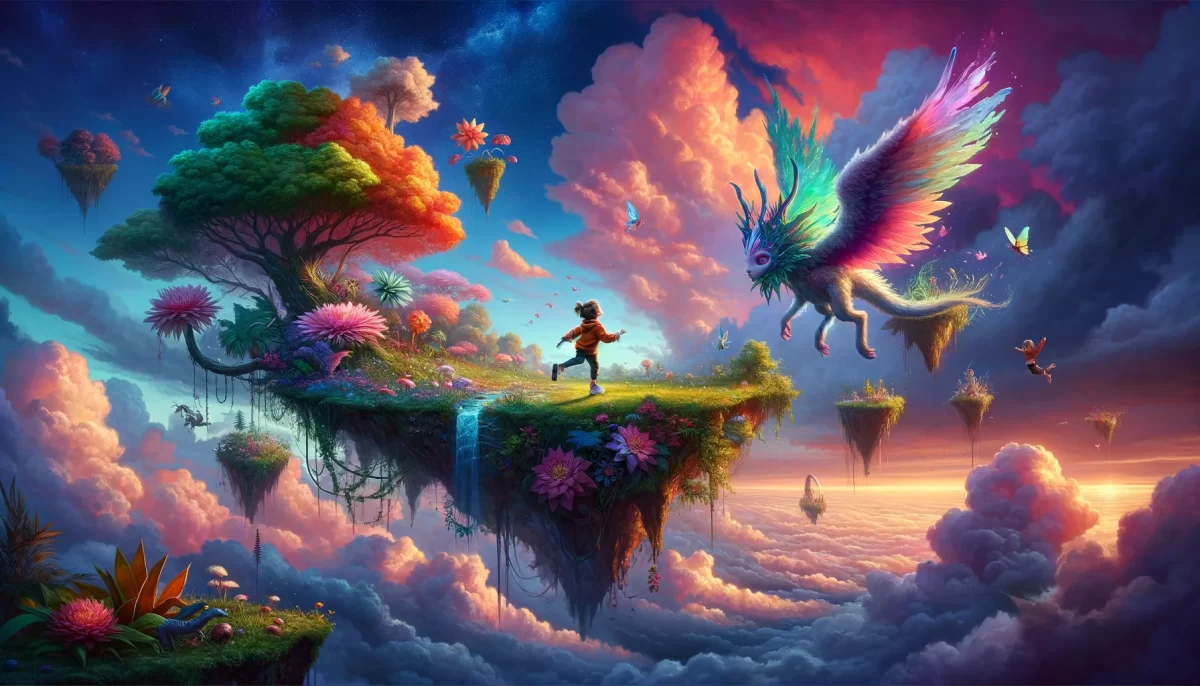
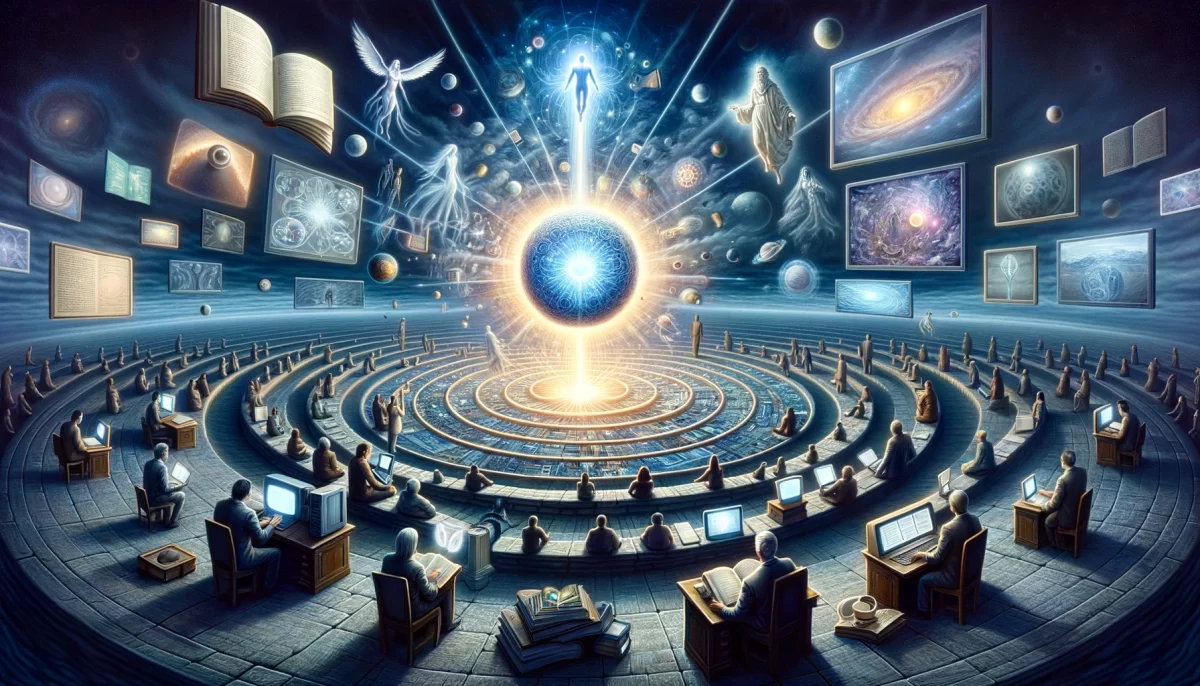
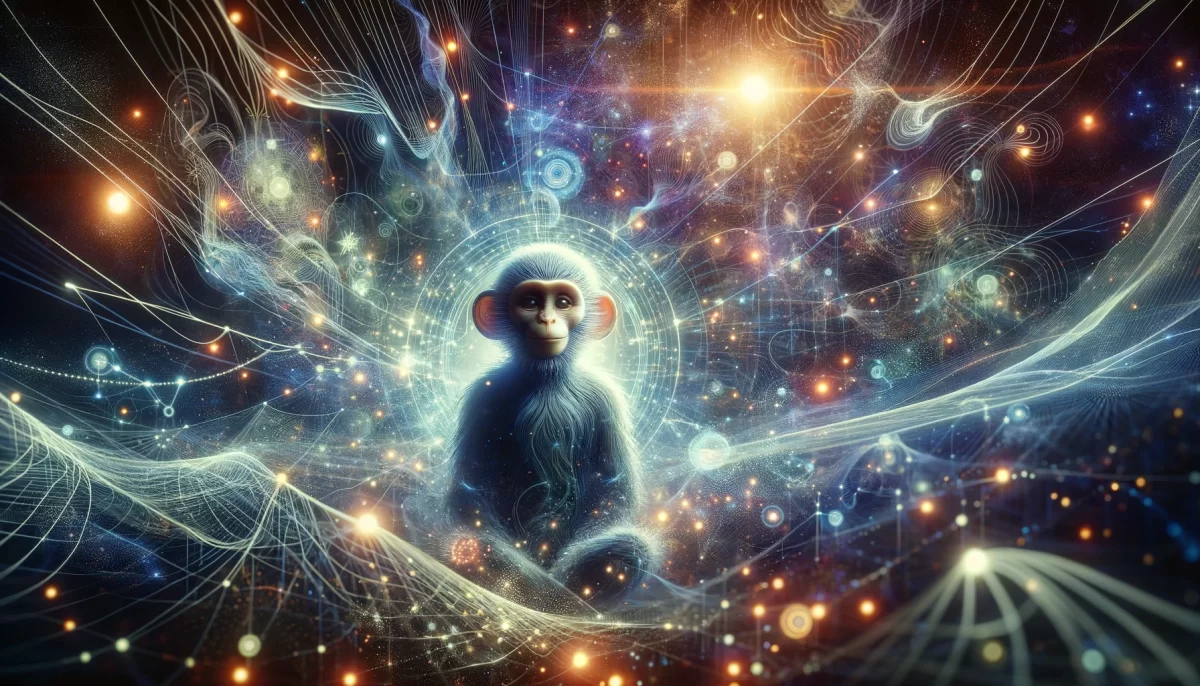

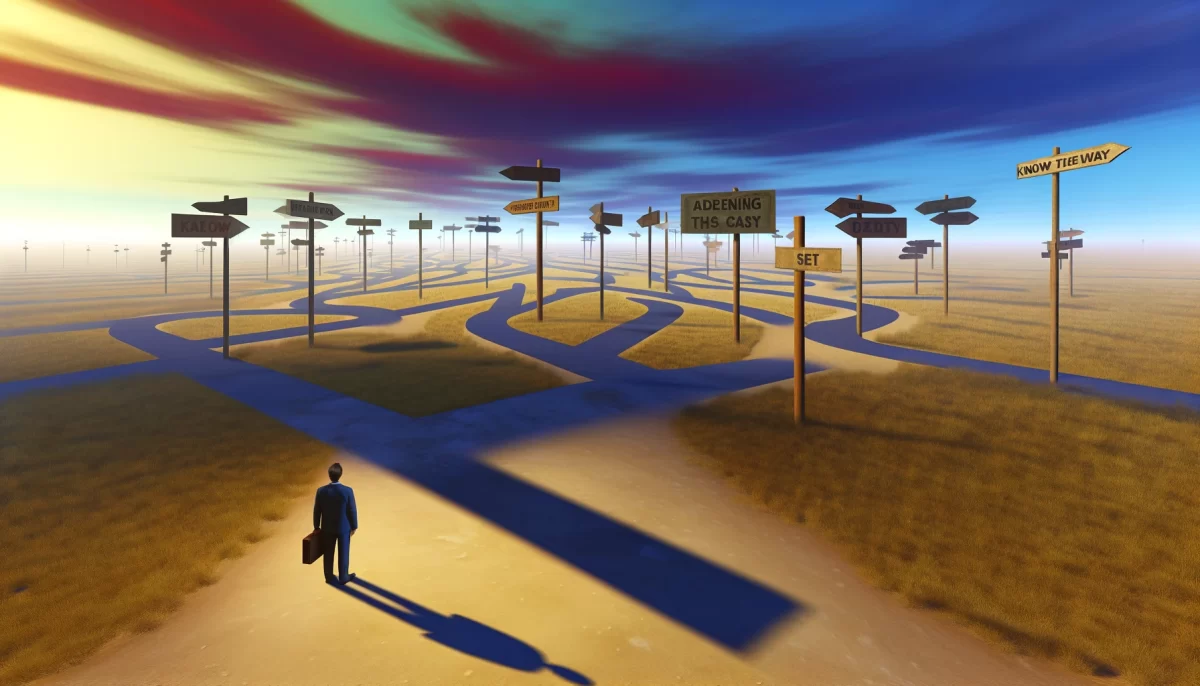
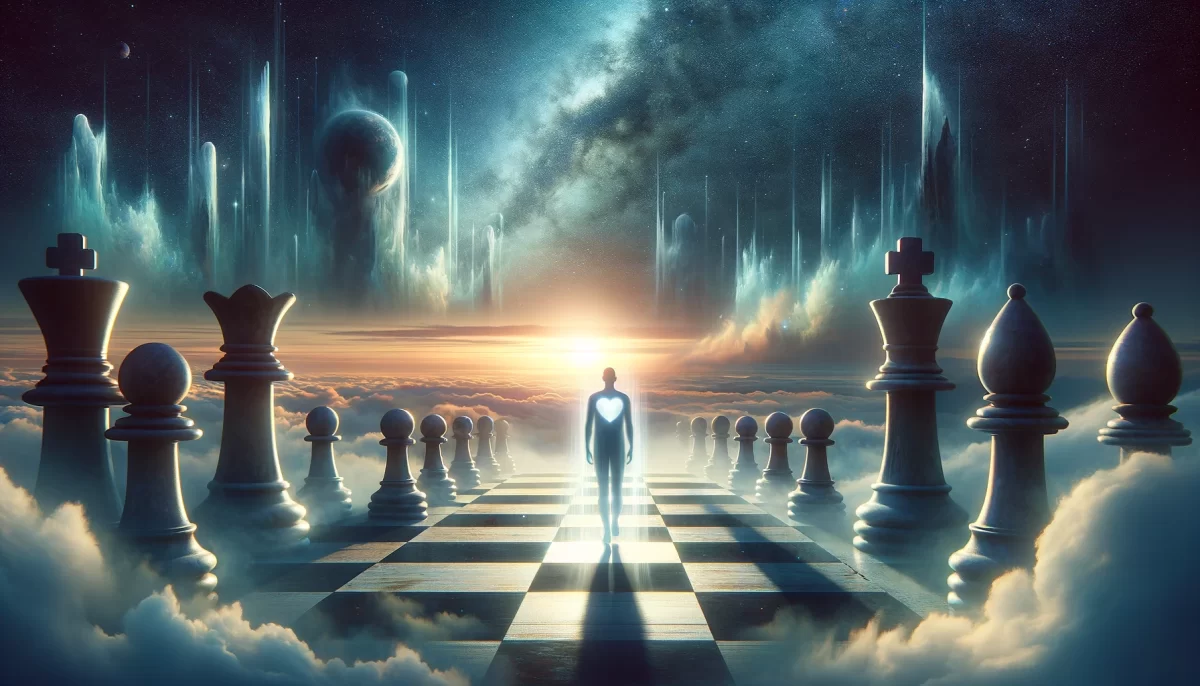
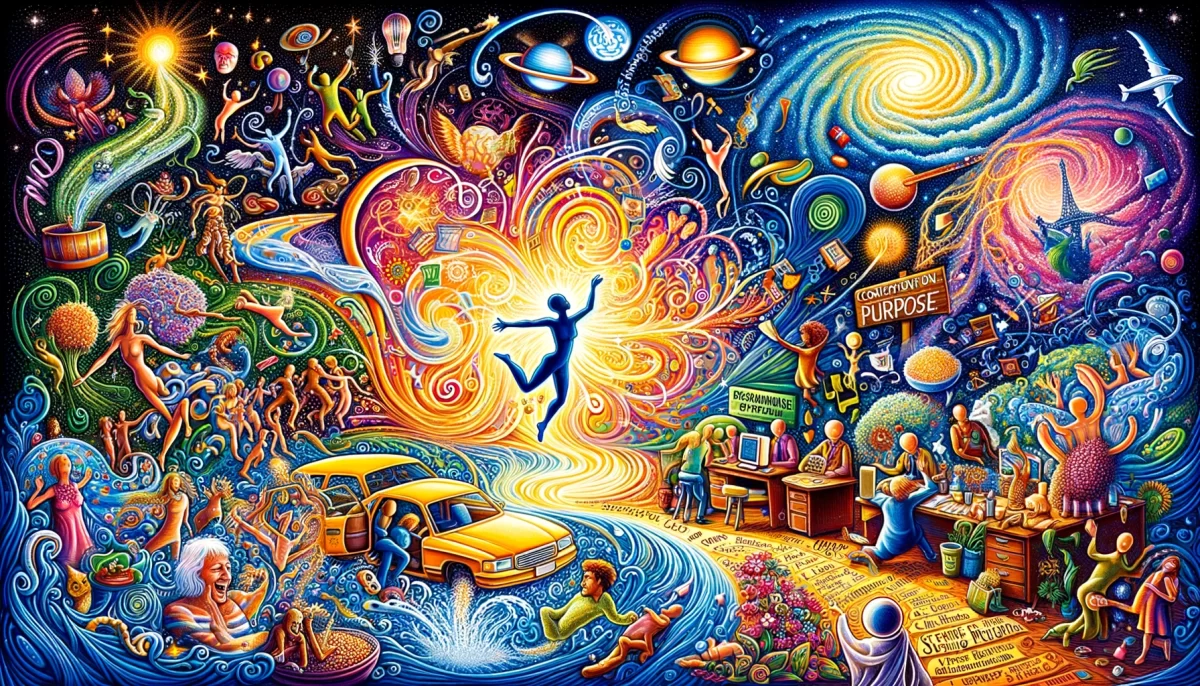
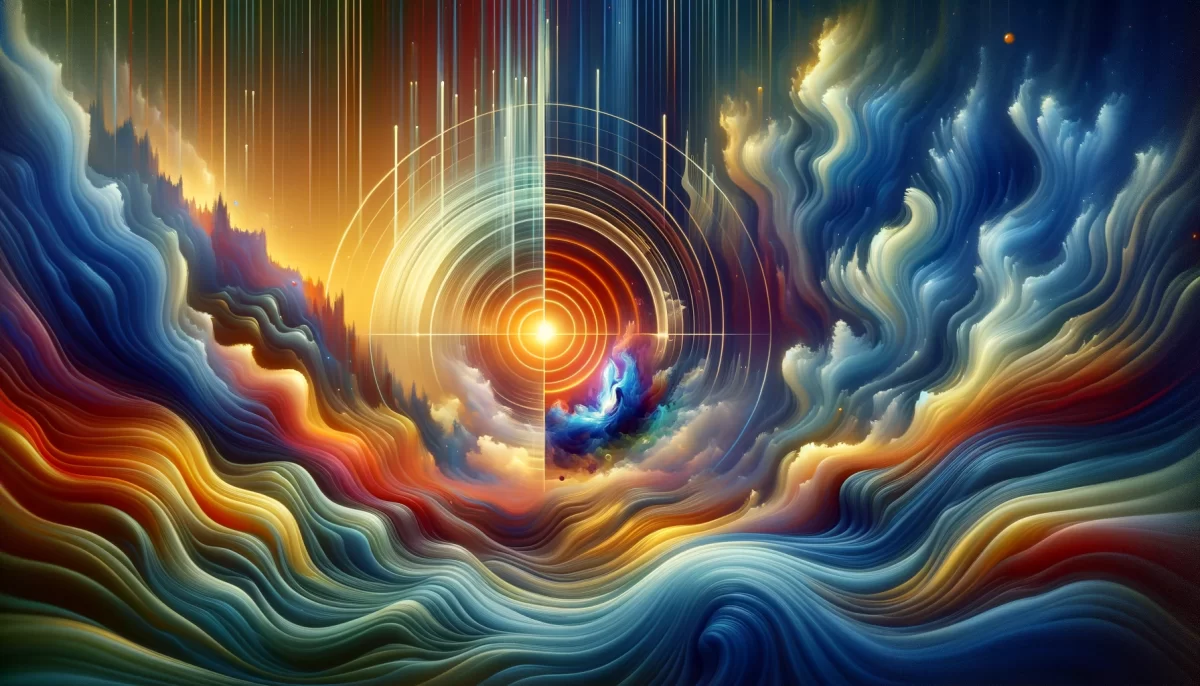
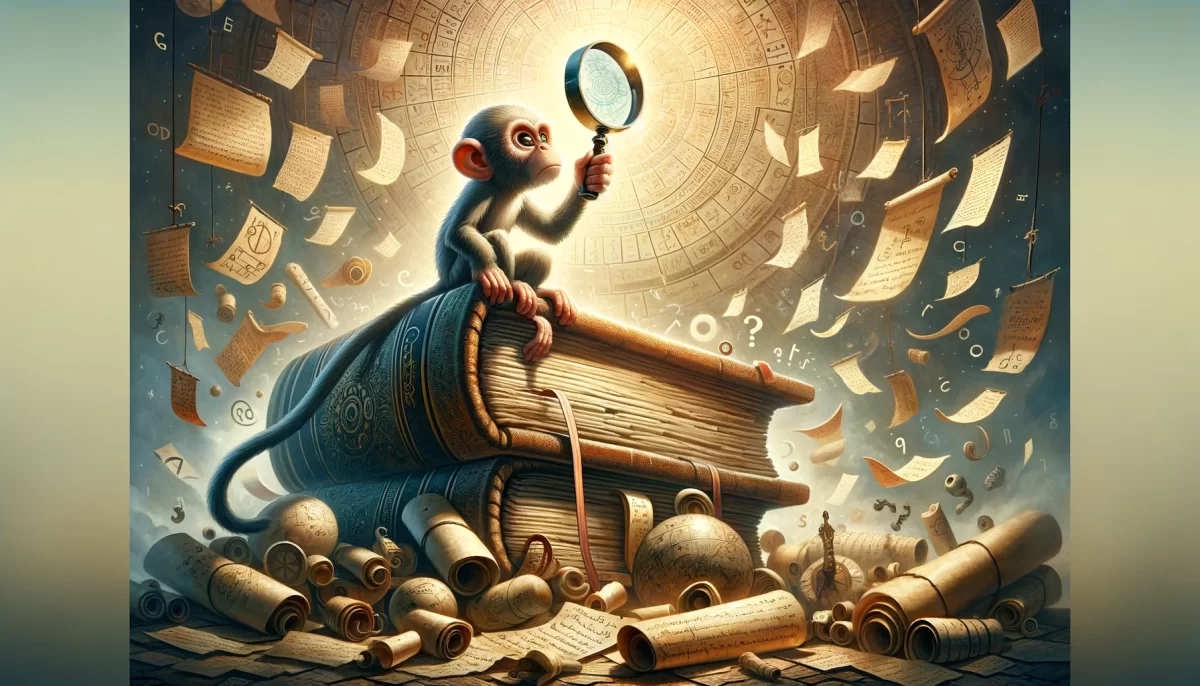
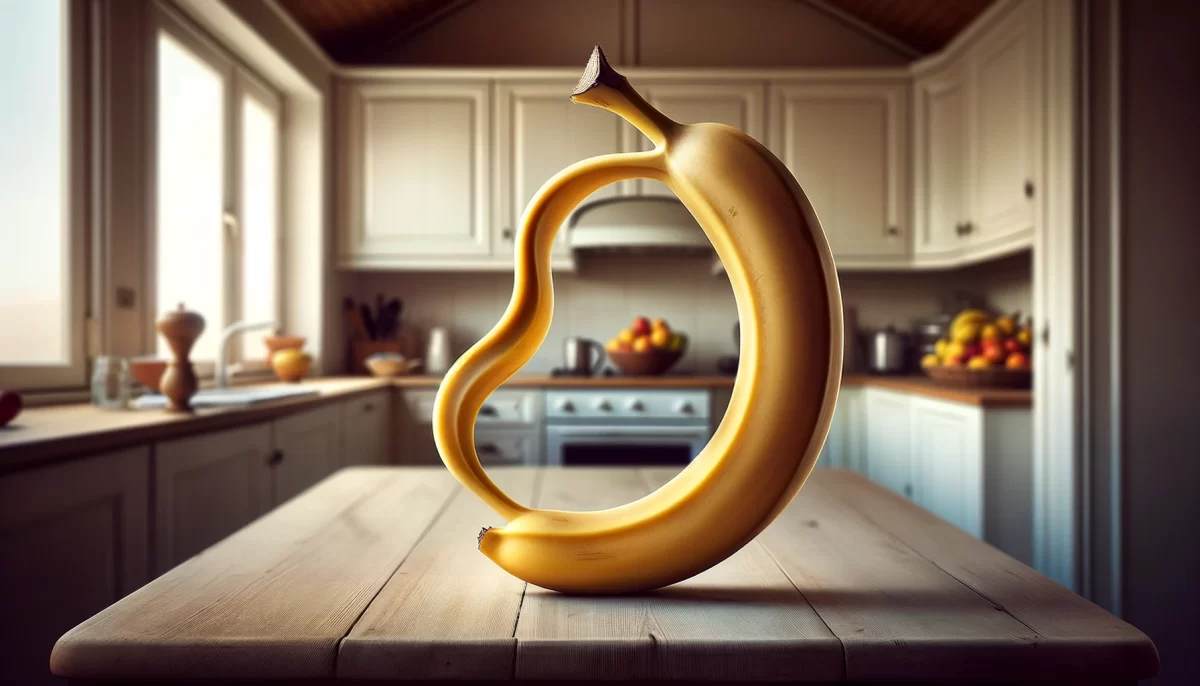
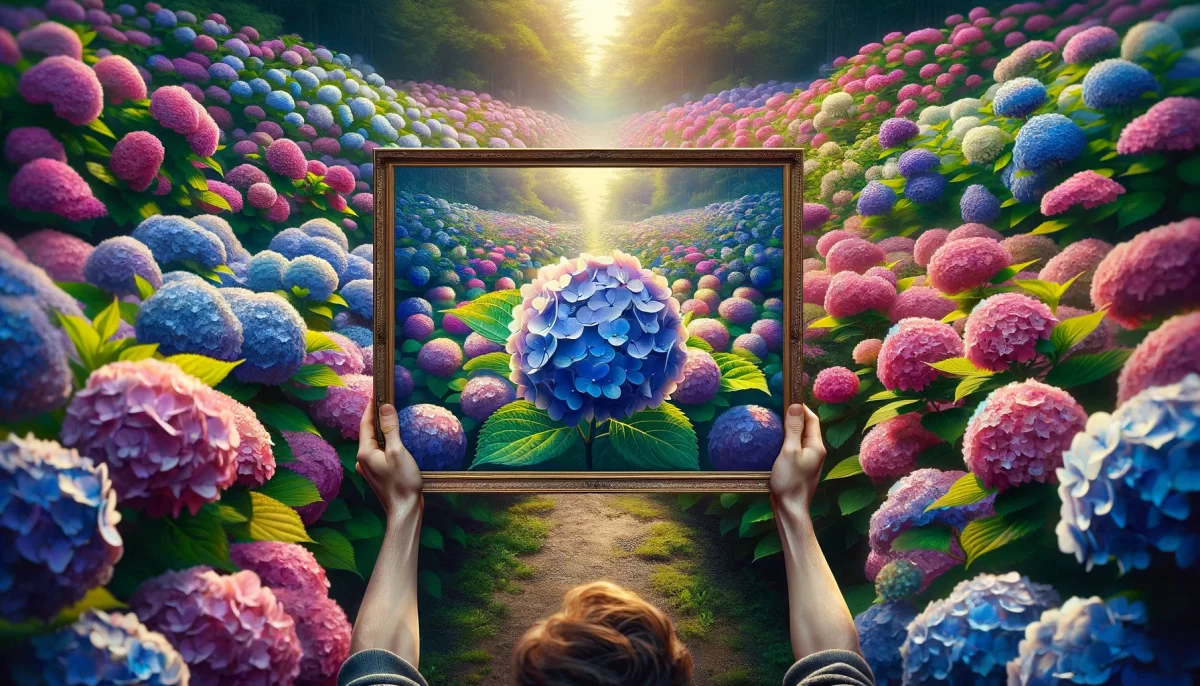
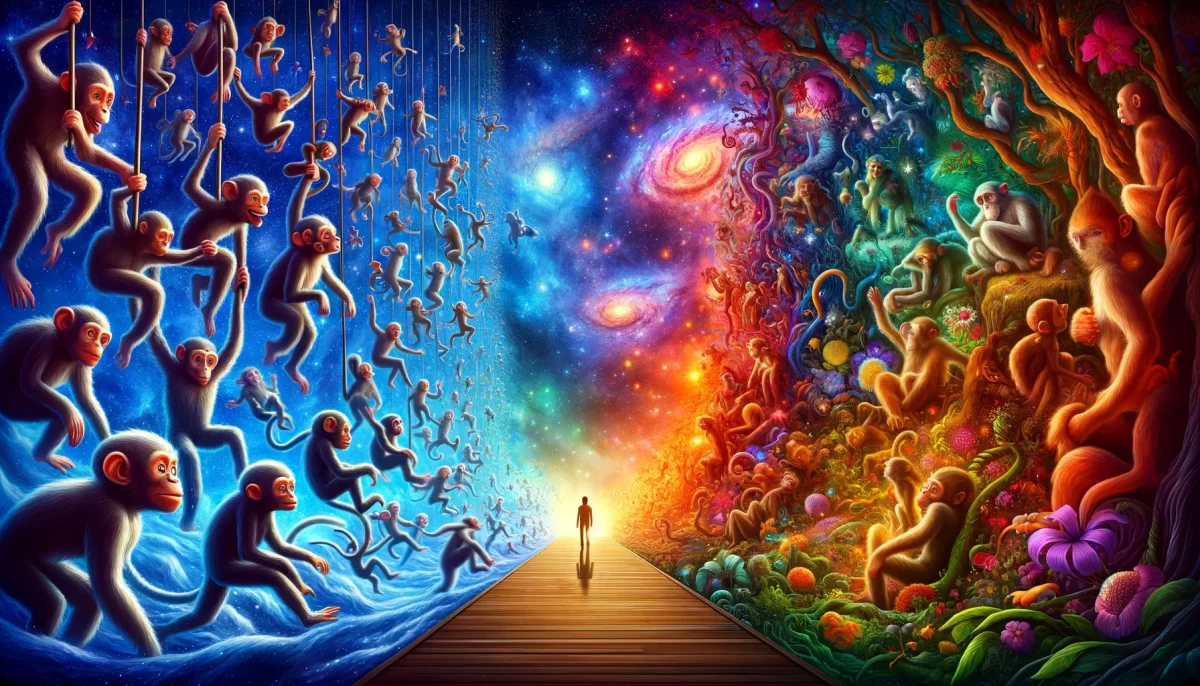

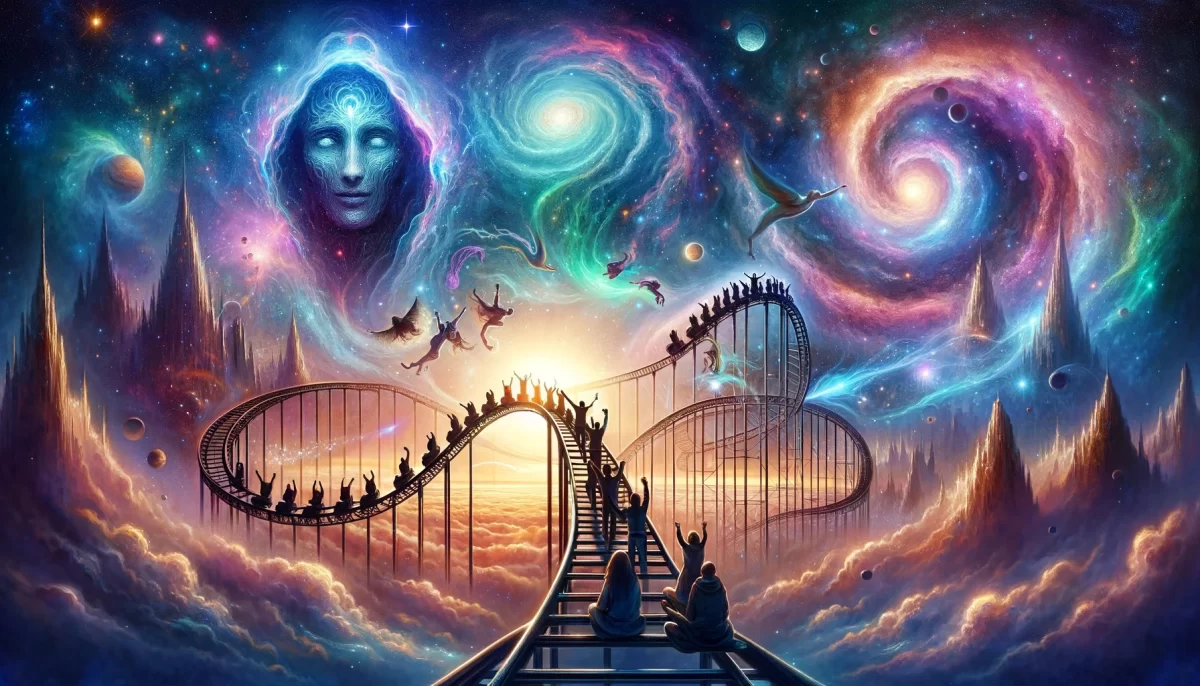
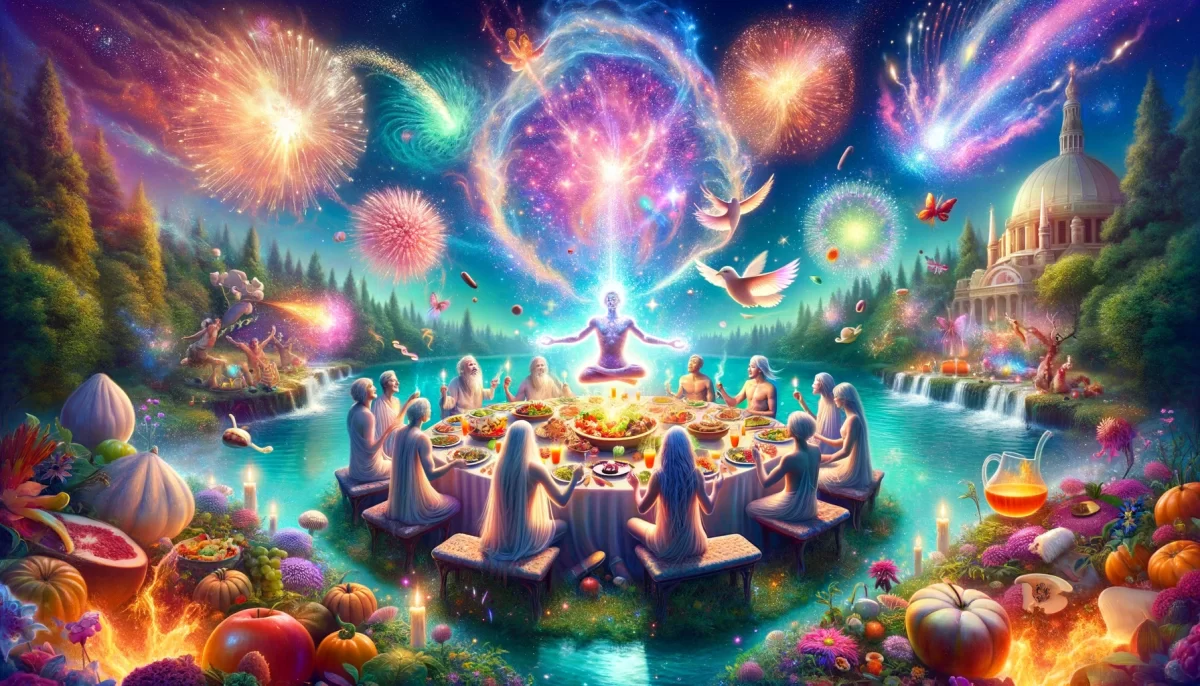
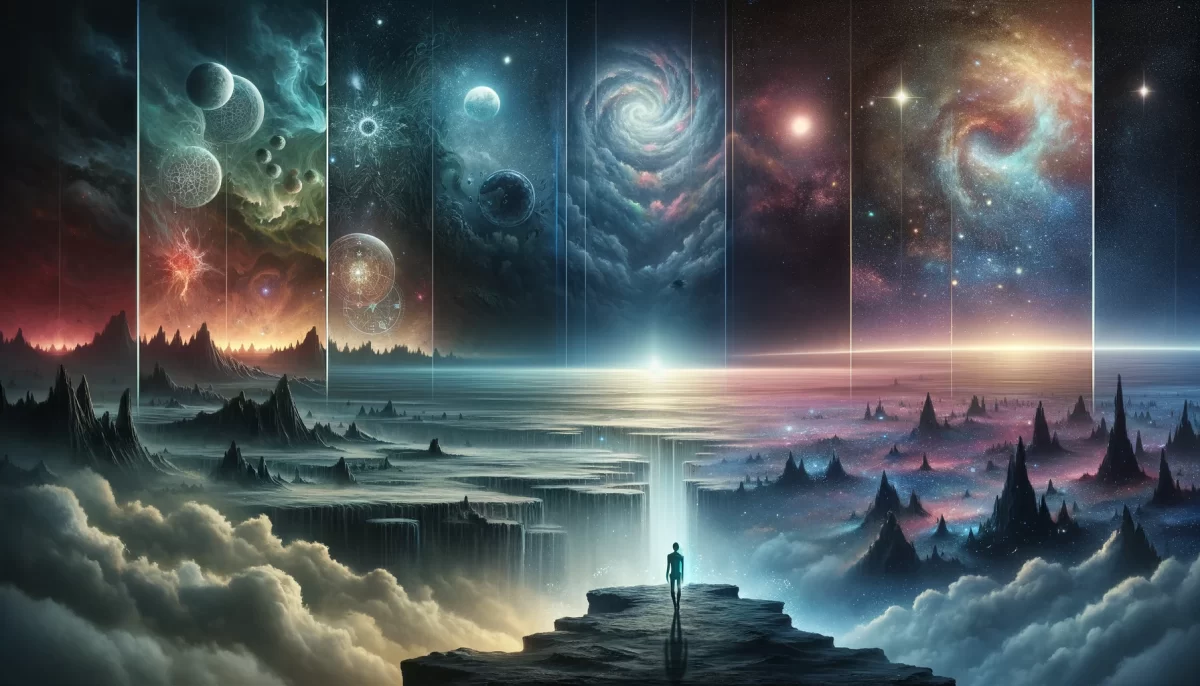
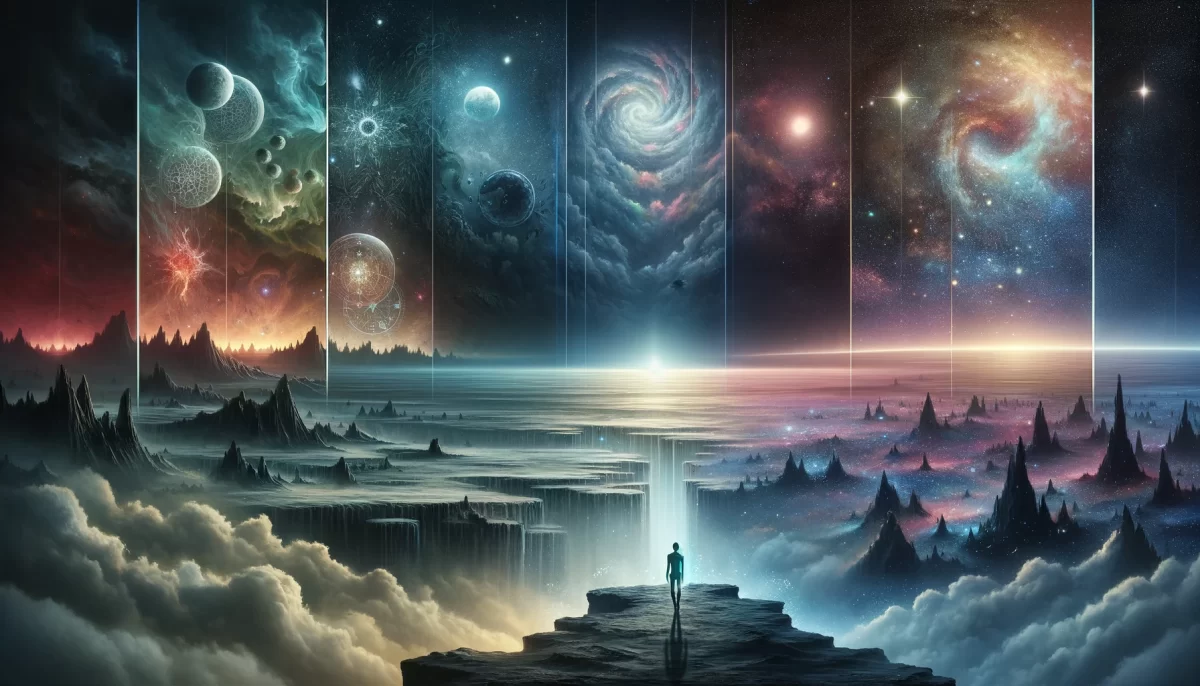
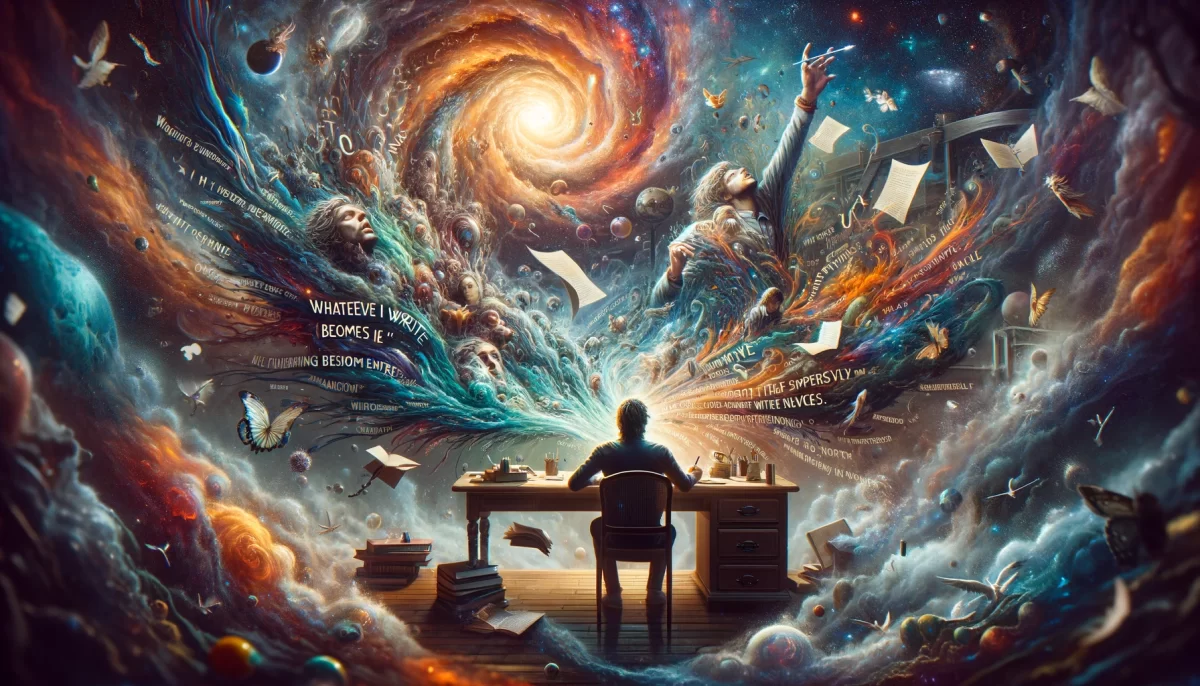
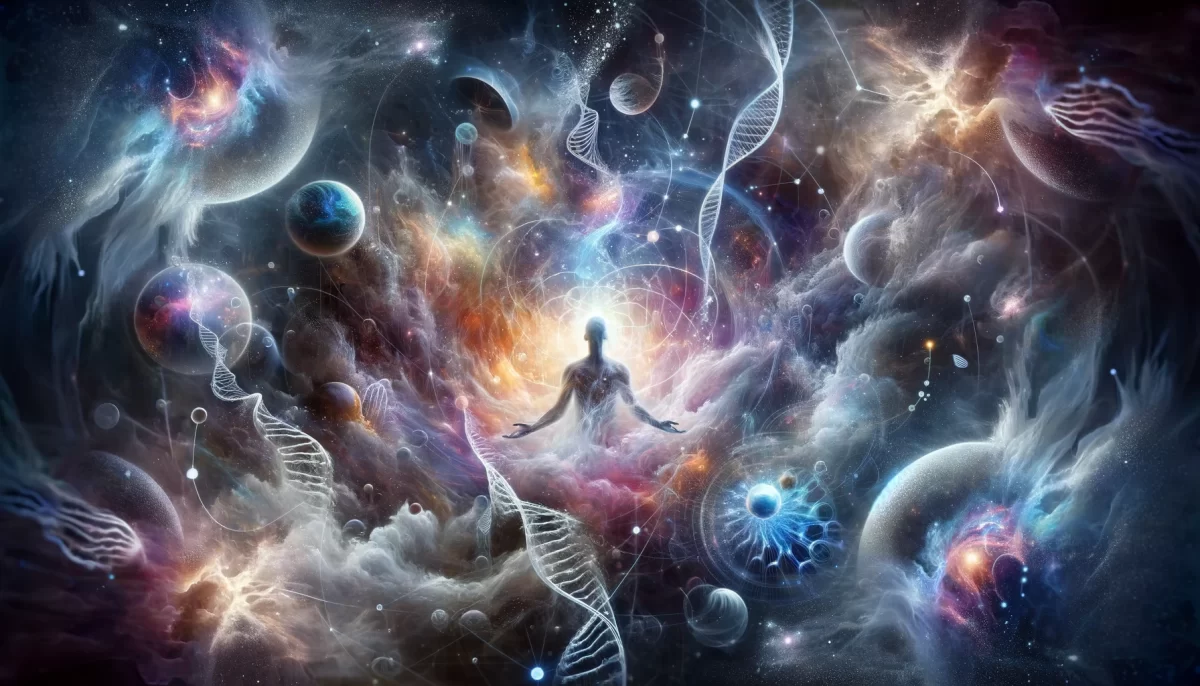

Leave a Reply